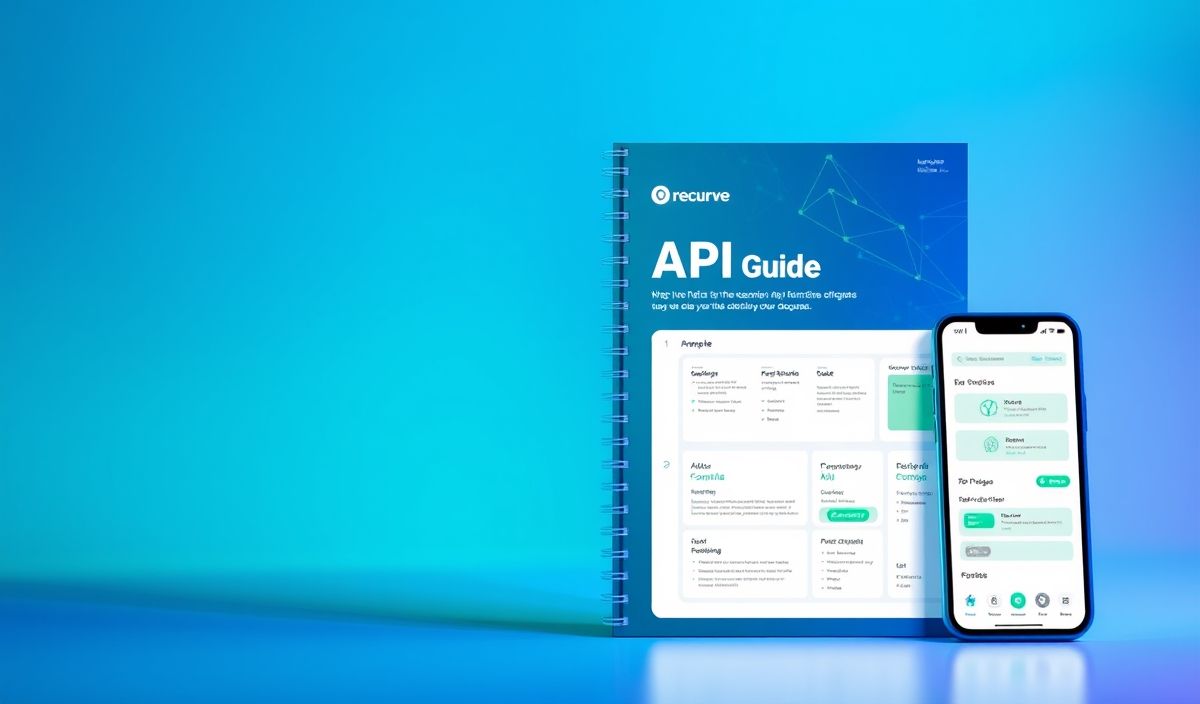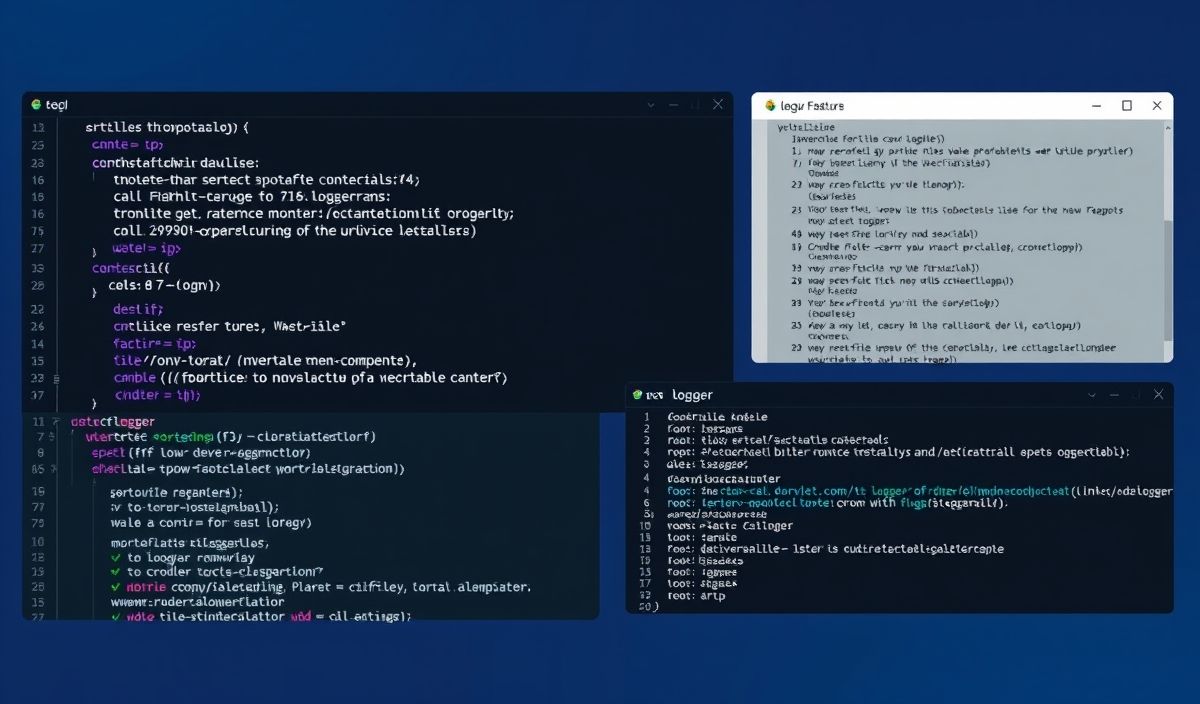CSS Minification and Optimization with cssnano for Superior Web Performance
In the realm of web development, optimizing CSS is crucial for enhancing website performance, reducing load times, and improving user experience. cssnano is a powerful tool designed to minify and optimize CSS files, making them smaller and faster to load.
What is cssnano?
cssnano is a modern, modular CSS minifier. It takes your CSS code and reduces its size by removing unnecessary spaces, comments, and duplications. It also optimizes the CSS rules while keeping the output file size as small as possible.
Installation
npm install cssnano --save-dev
Basic Usage
You can use cssnano directly via the command line or configure it within a build tool like webpack or postcss.
Command Line Usage
cssnano input.css output.css
Webpack Configuration
const cssnano = require('cssnano');
module.exports = {
module: {
rules: [
{
test: /\.css$/,
use: [
'style-loader',
'css-loader',
{
loader: 'postcss-loader',
options: {
postcssOptions: {
plugins: [
cssnano({
preset: 'default',
}),
],
},
},
},
],
},
],
},
};
API Examples
cssnano.minify
The minify function is used to minify CSS strings.
const cssnano = require('cssnano');
cssnano.process('h1 { color: red }').then(result => {
console.log(result.css);
});
Using Presets
cssnano supports different presets which provide specific sets of optimizations.
cssnano.process(css, { preset: 'advanced' }).then(result => {
console.log(result.css);
});
Configuration File
You can create a postcss.config.js file to manage configurations.
module.exports = {
plugins: [
require('cssnano')({
preset: 'default',
}),
],
};
App Example Using cssnano
Let’s consider a simple web application structure and demonstrate how to include and use cssnano effectively.
Project Structure
my-app/
├── src/
│ ├── index.html
│ ├── styles/
│ │ └── main.css
│ └── index.js
├── package.json
└── webpack.config.js
Webpack Configuration
const path = require('path');
const cssnano = require('cssnano');
module.exports = {
entry: './src/index.js',
output: {
filename: 'bundle.js',
path: path.resolve(__dirname, 'dist'),
},
module: {
rules: [
{
test: /\.css$/,
use: [
'style-loader',
'css-loader',
{
loader: 'postcss-loader',
options: {
postcssOptions: {
plugins: [
cssnano({
preset: 'default',
}),
],
},
},
},
],
},
],
},
};
Using cssnano in Styles
In your main CSS file, you can include various CSS rules, which will be minified and optimized by cssnano during the build process.
/* src/styles/main.css */
body {
font-family: Arial, sans-serif;
}
h1 {
color: #333;
}
During the build process, cssnano will minify and optimize the CSS, resulting in a more performance-efficient application.
Hash: 9b02ce275cc2ea18f9a87632741d5a27c776095396d65703b6a4a5398425143a




